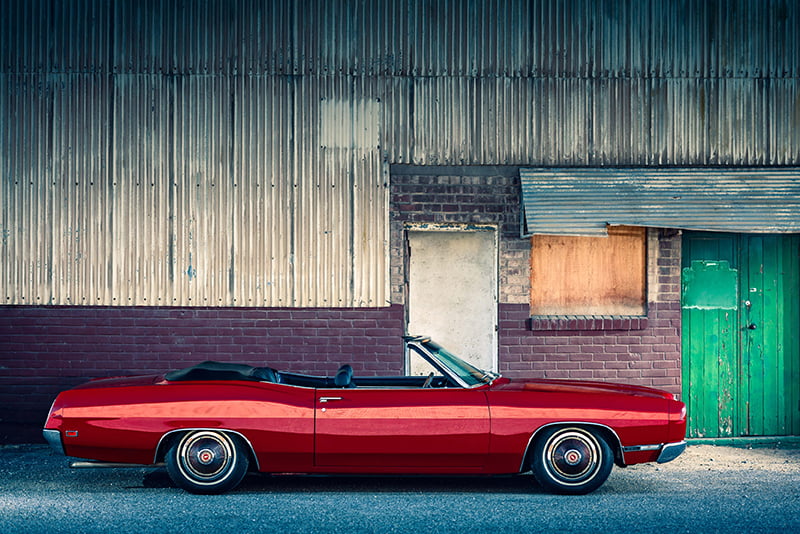While it might seem downright bizarre for classic car sales to boom during the midst of a global pandemic, why exactly is demand off the charts in Australia?
On paper, it doesn’t make sense. Considering our shaky economy, border closures and overall financial uncertainty for many of us, why on earth would now be the time to purchase a classic car? Well, the Australian property explosion took many people by surprise, and the market for classic cars looks to be doing the same.
As a general rule that most of us are already aware of, all new cars will go down in value and depreciate from the moment that they are driven off the automotive lot. However, the key to successfully investing in cars is to find one that is sufficiently unusual, rare or notable enough that it will in time return you a profit should you sell it – which is arguably one of the driving factors behind the current boom seen in the classic cars market.
Deciphering The Classic Car Market Boom
According to Money Mag, investing in cars is an asset class that has quietly risen 467% in just ten short years. As many have seen, vehicles can double in value in as little as twelve months providing that you choose the right model. Just one surprising example in the Australian marketplace includes the Toyota Supra JZA80 TT. In July 2017, the average price of this car was $29, 420. Come July 2018 however, and it jumped to $76, 600 – which goes to show that investing in cars doesn’t have to be exclusive for high end traders who prefer Aston Martins.
In Australia, the classic car market has low spreads and volatility, but with high liquidity. The prices are barely affected by supply and demand, as there’s simply not enough classic vehicles still around, especially those considered to be of both high value and high quality.
At the top end of the classic or vintage car market, or those selling for more than $1 million, collectors can expect to find relatively obscure brands such as Hispano-Suiza and Delahaye right alongside the “titans” of the industry such as Rolls-Royce and Jaguar. However, even other models produced by brands not regarded as “exotic” are soon to have their time in the spotlight, especially those homegrown heroes that were once manufactured in Australia.
It should come as no surprise then that buying a classic car has become an increasingly common method to diversify an investment portfolio – even for those who aren’t exactly considered to be your average revhead. Suddenly, investing in a classic car is considered to be a whole lot “safer” than other traditional means, such as property or shares. Quite simply, the return on investment is all but guaranteed.
In conjunction with the above market observations, online marketplace and auction house GraysOnline have reported “record” February numbers for its classic car category, racking up more than 1.3 million page views and nearly 200, 000 unique visitors when compared to previous years.
“While we are used to seeing strong demand for classic Australian cars, we’ve never seen anything like this,” said GraysOnline CEO Chris Corbin. “Clearance rates have never been higher, and we don’t foresee demand or prices falling in the near future.”
Even if we ignore the potential return on investment, it’s still no secret that our spending habits have changed. Stripped of international travel and a lack of nightlife or entertainment options, many Australians actually used the ongoing lockdowns of 2020 to save their hard earned cash. While some are sitting tight and others buying houses, for those who can afford to do so, they’re turning to vehicle purchases as a means to embrace domestic holidays and even as “weekenders”.
As we’ve seen even in regular used car sales which are also experiencing a boom in demand, the current market explosion for classic cars can simply boil down to demand exceeding supply – after all, there’s a reason why classic cars are usually classed as collectors items, right?

